CRYSTALS2COLLECT A.C.N 651.525.727 Pty Ltd
APOPHILLITE with STILBITE and NATROLITE (LARGE CABINET)
APOPHILLITE with STILBITE and NATROLITE (LARGE CABINET)
Couldn't load pickup availability
Apophyllite designates a specific group of phyllosilicates, which are a category of minerals. Initially, this term referred to a single mineral but was redefined in 1978 to encompass a class of minerals with similar chemical compositions that form a solid solution series, including fluorapophyllite-(K), fluorapophyllite-(Na), and hydroxyapophyllite-(K). The term apophyllite is derived from the Greek word apophyllízo (ἀποφυλλίζω), meaning 'it flakes off,' highlighting the tendency of these minerals to disintegrate upon heating due to water loss. Exfoliation can also occur through acid treatment or simple abrasion. These minerals are commonly found as secondary formations within vesicles of basalt or other volcanic rocks.
Stilbite refers to a group of tectosilicate minerals within the zeolite family. Originally classified as a distinct mineral species until 1997, it was redefined by the International Mineralogical Association to encompass a series, which includes the specific types Stilbite-Ca and Stilbite-Na. Stilbite-Ca, the more prevalent variant, is a hydrous silicate composed of calcium, sodium, and aluminum, represented by the formula NaCa4(Si27Al9)O72·28(H2O). In contrast, Stilbite-Na features a higher sodium content compared to calcium. These two species appear identical to the naked eye, and the term stilbite continues to be used in contexts where detailed testing has not been conducted.
Natrolite is a mineral species classified as a tectosilicate and is part of the zeolite group. It is a hydrated sodium and aluminum silicate with the chemical formula Na2Al2Si3O10·2H2O, and its type locality is Hohentwiel in Hegau, Germany.
The mineral was named natrolite by Martin Heinrich Klaproth in 1803, with the name originating from the Greek word for soda, "natron," reflecting its sodium content, and "lithos," meaning stone. Informally referred to as needle stone or needle-zeolite, this designation highlights the typical acicular form of its crystals, which are often slender and arranged in divergent tufts. The crystals may also exhibit epitaxial overgrowths of natrolite, mesolite, and gonnardite in various configurations.
Shipping & Returns
Shipping & Returns
Dimensions
Dimensions
Share
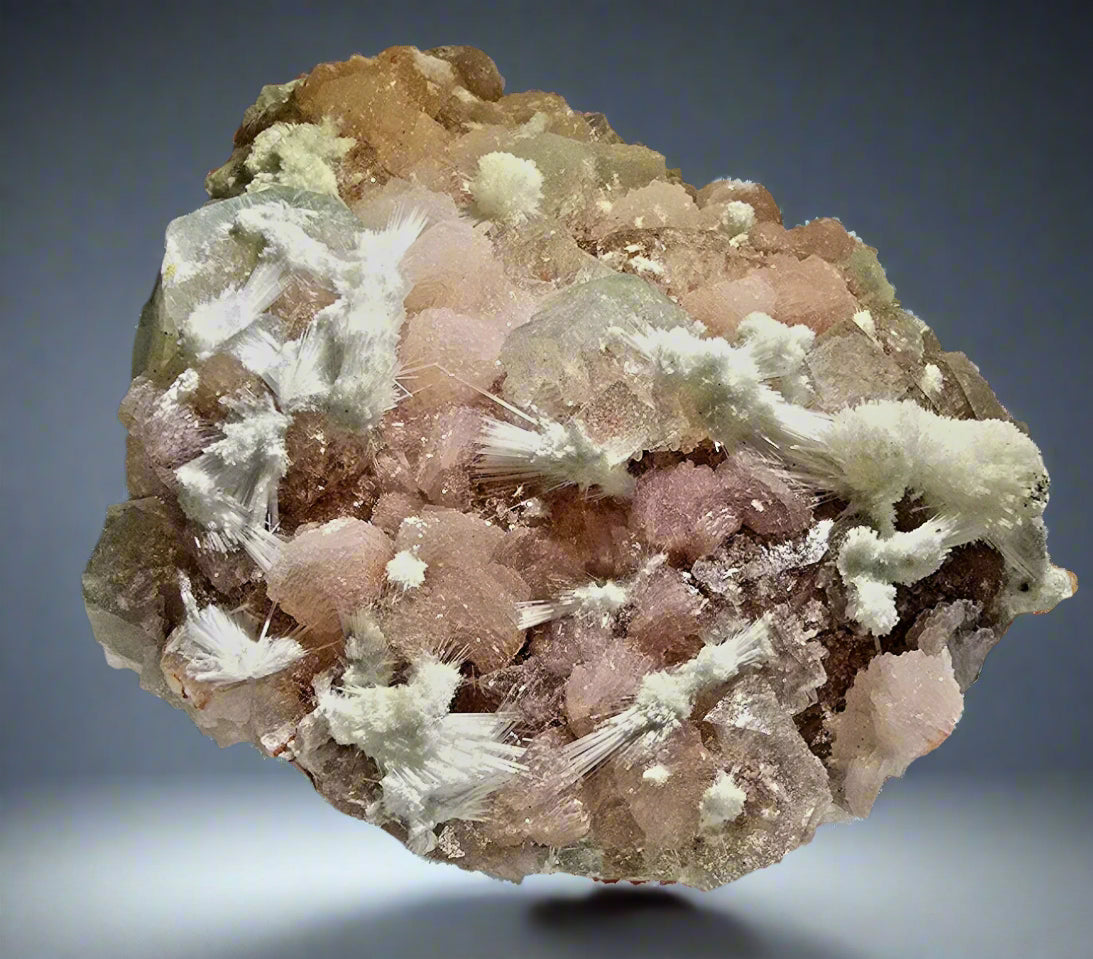
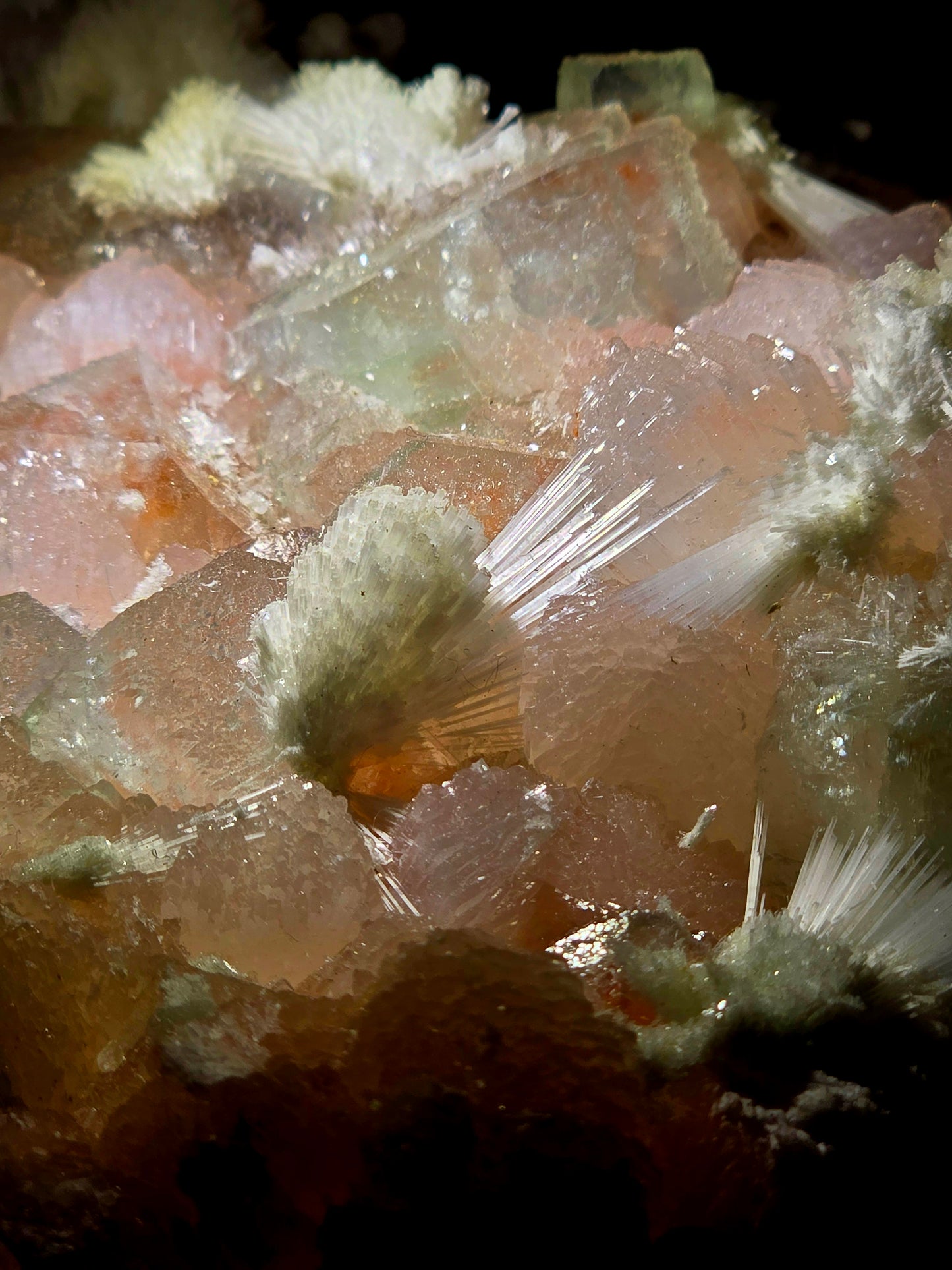
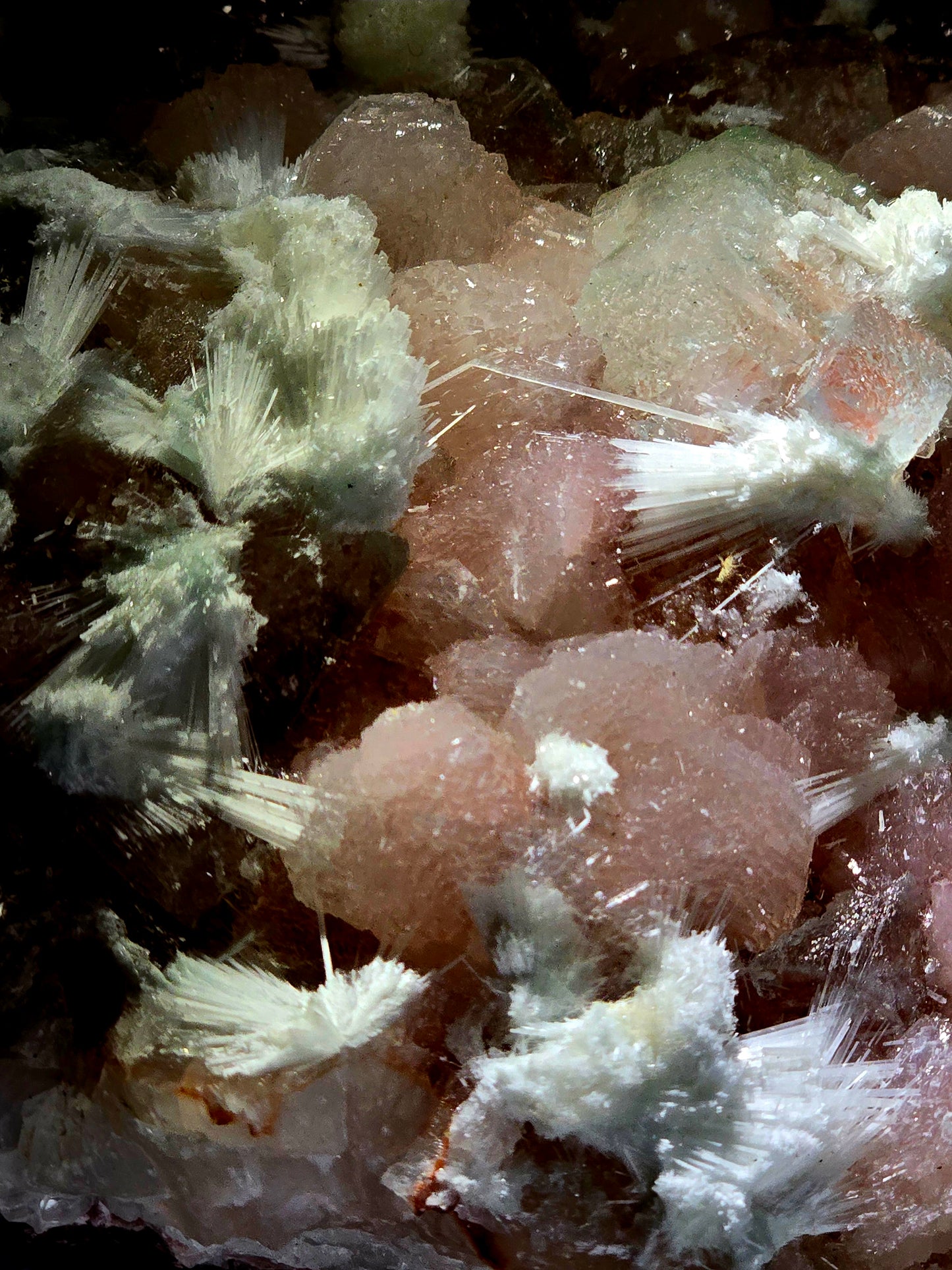
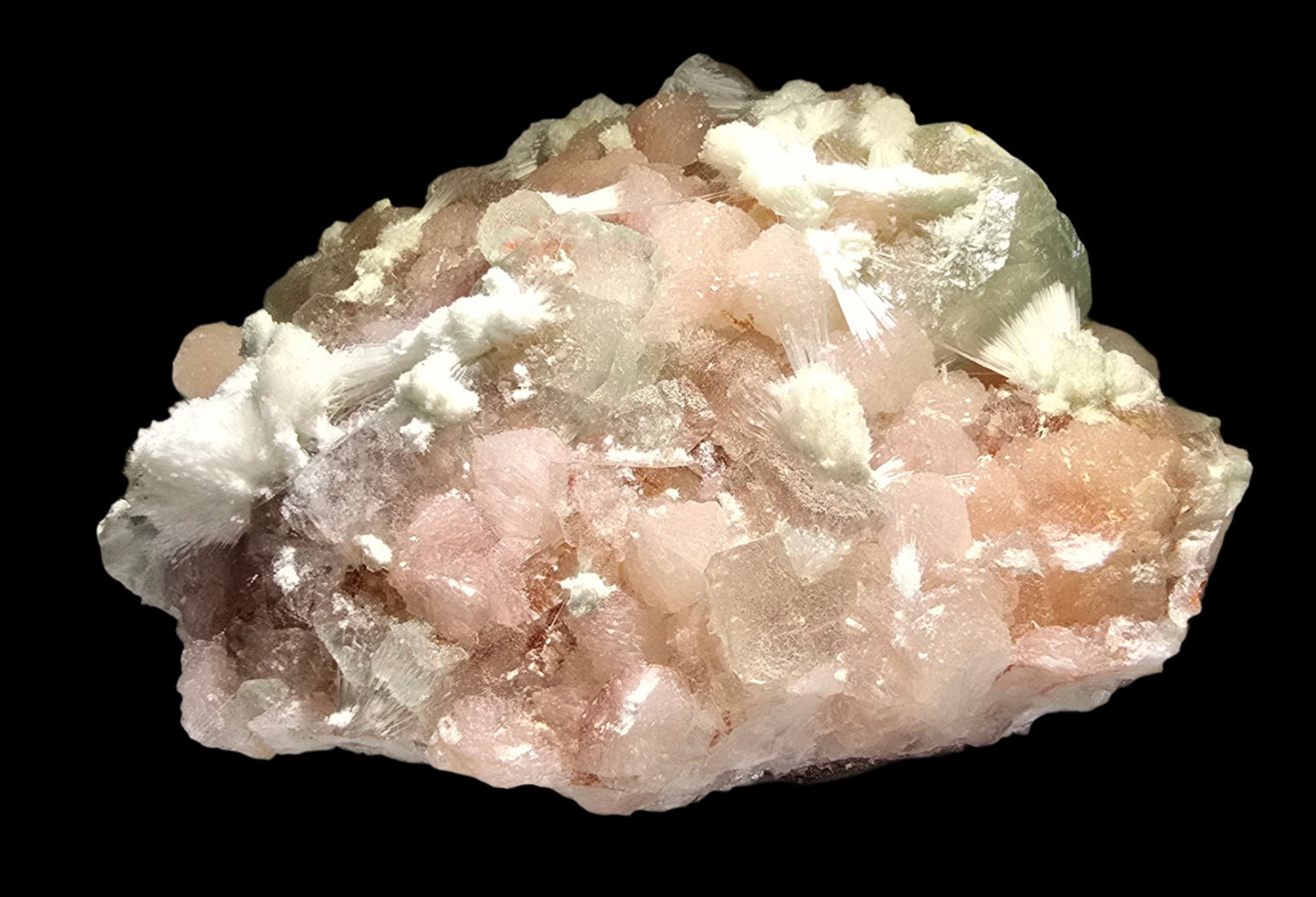
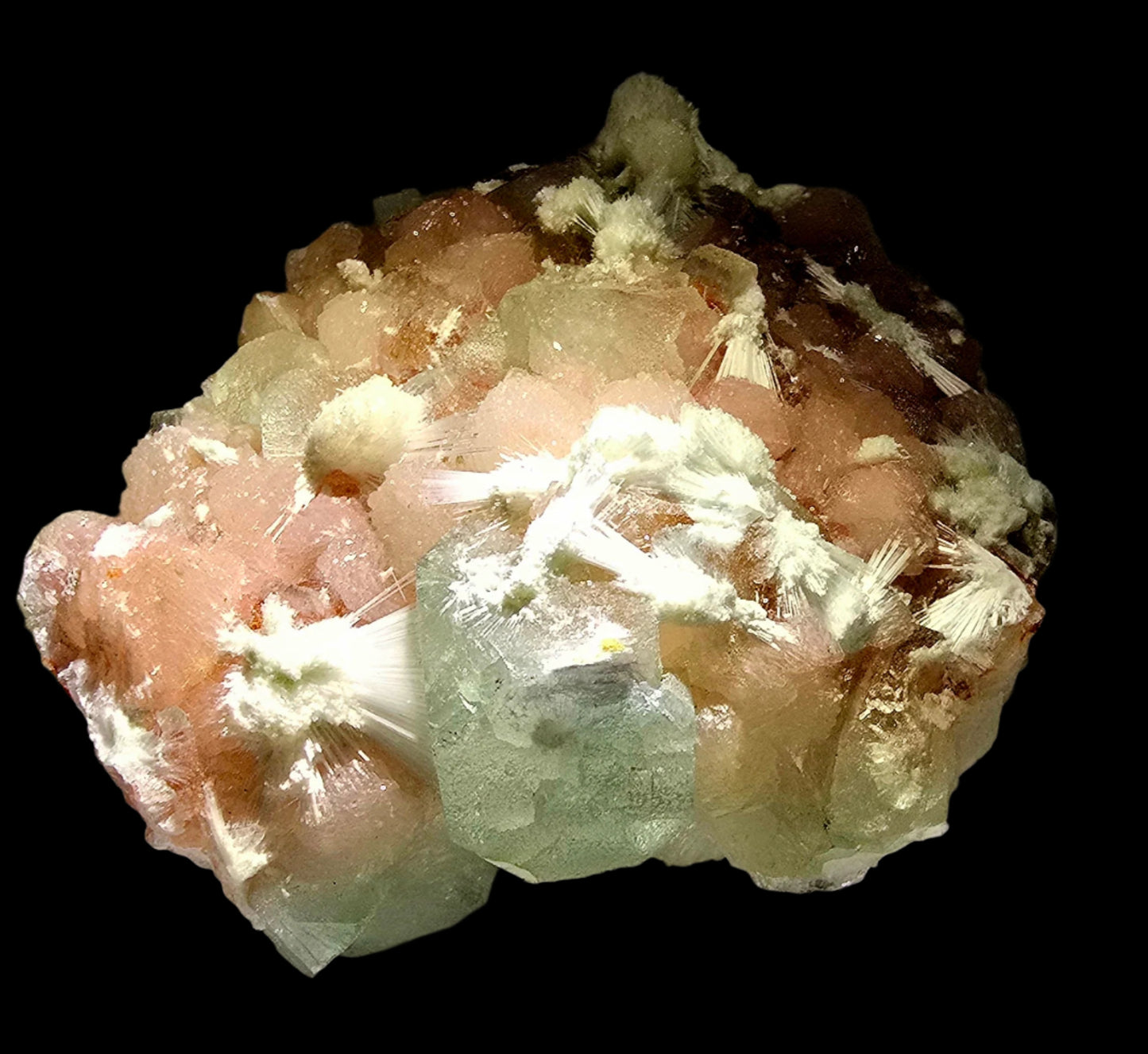
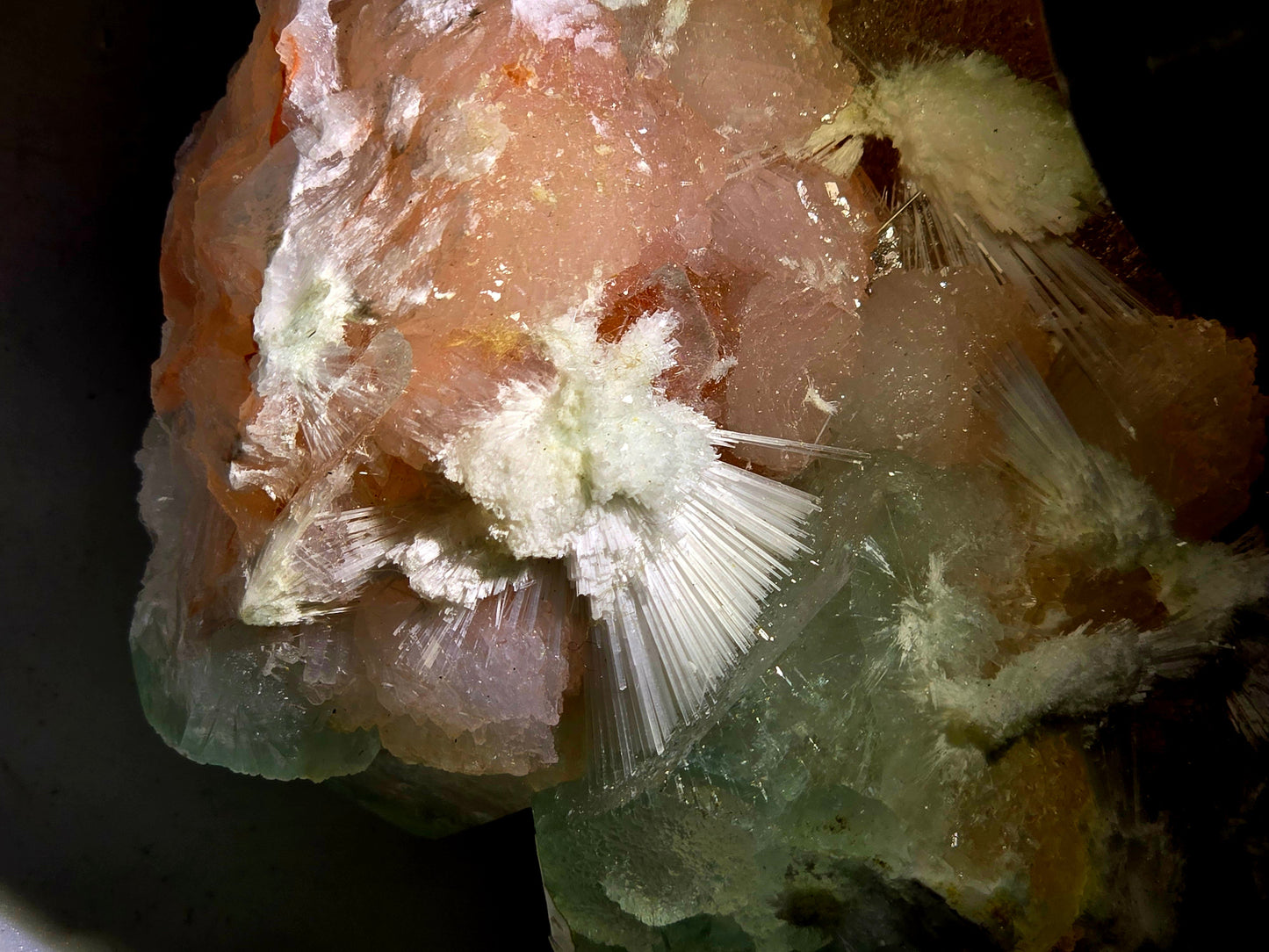
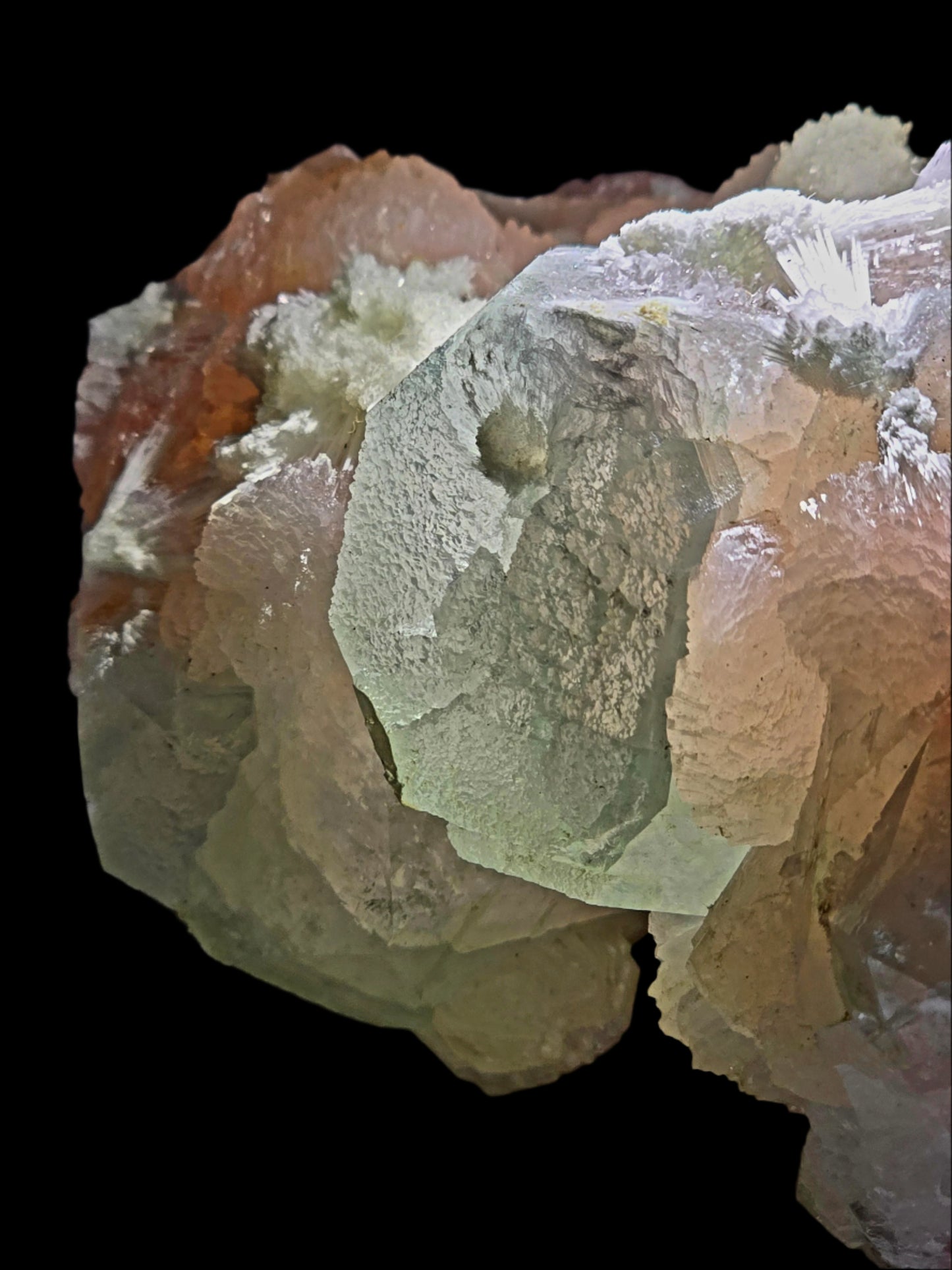
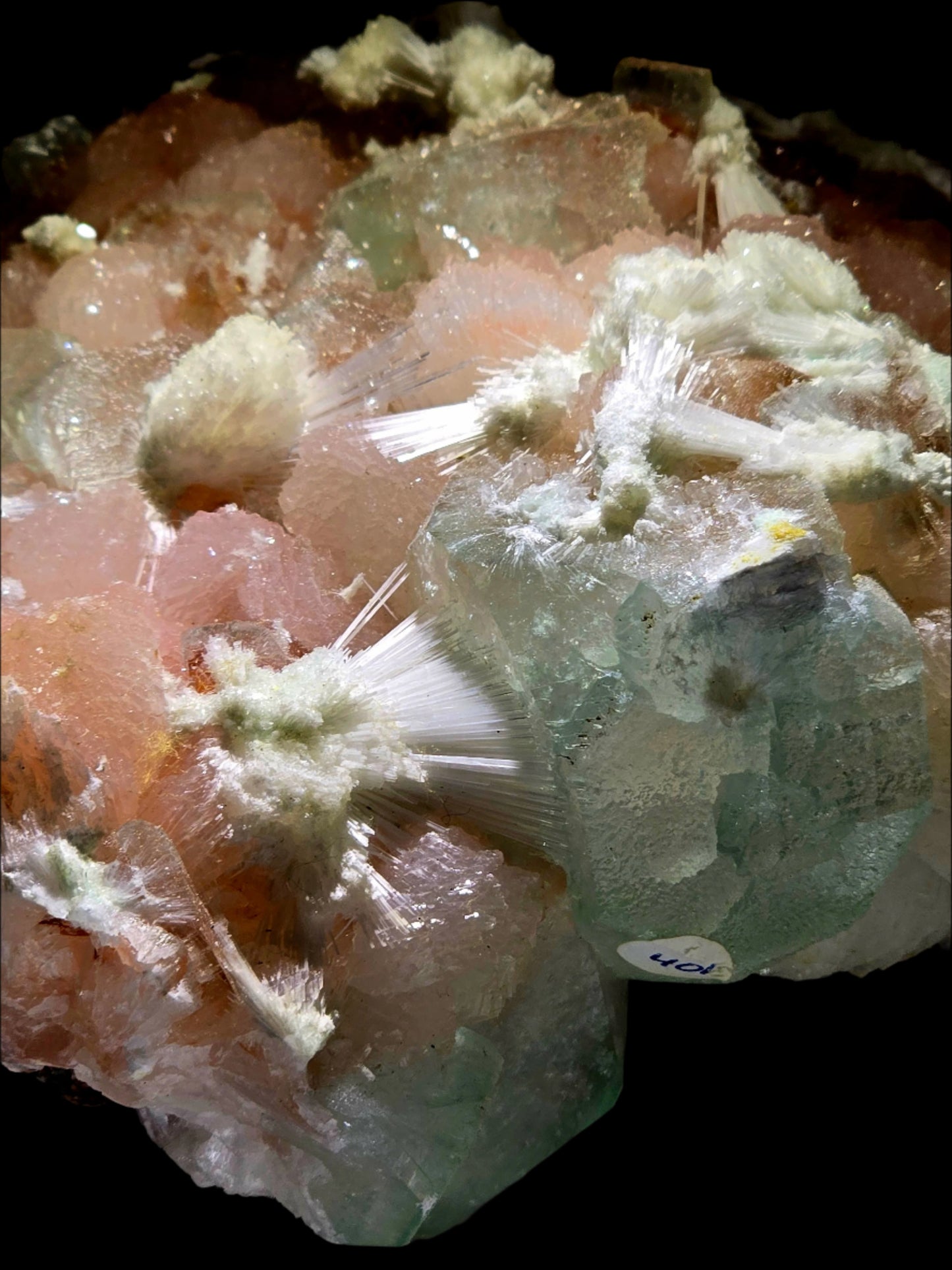
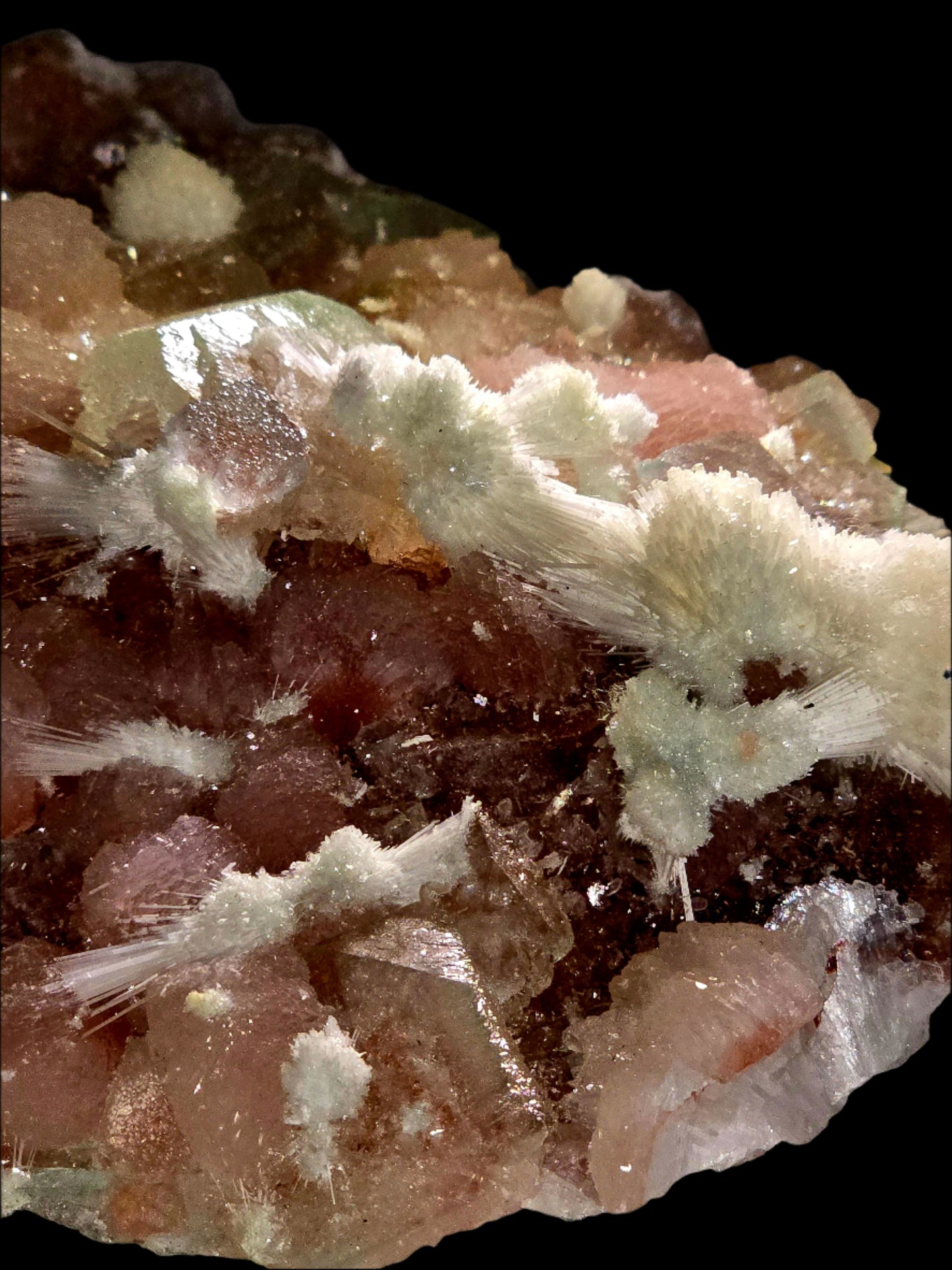
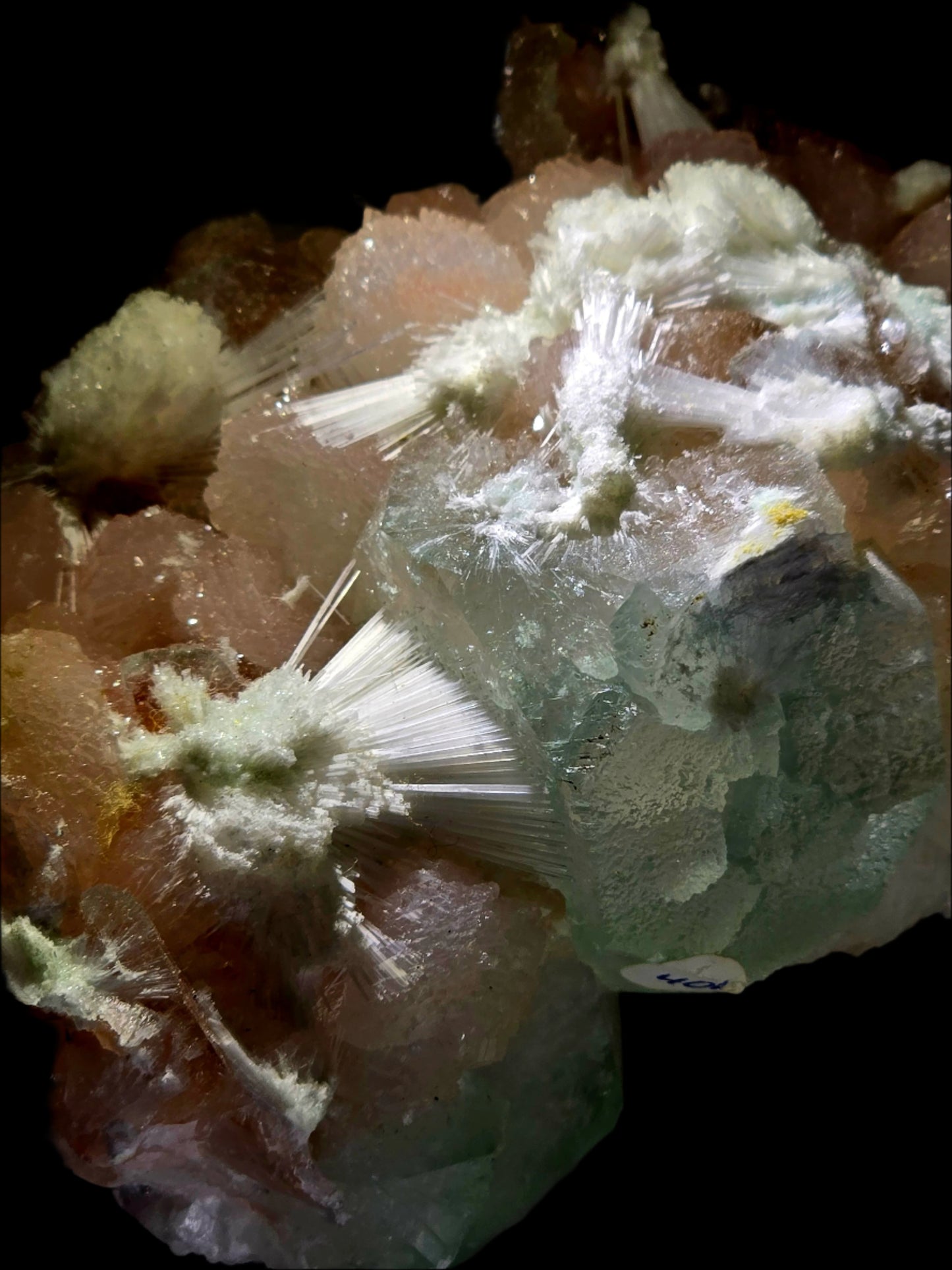
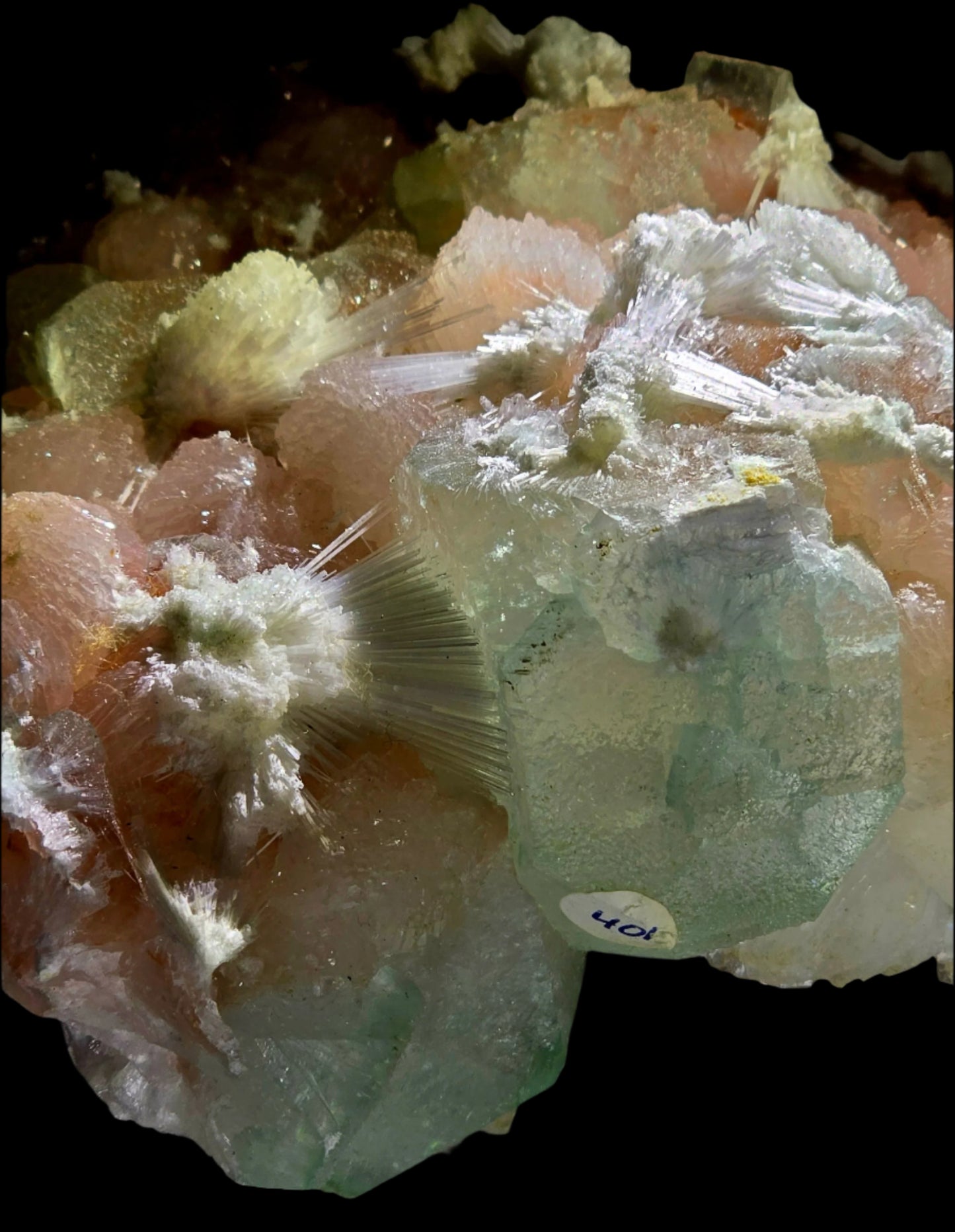
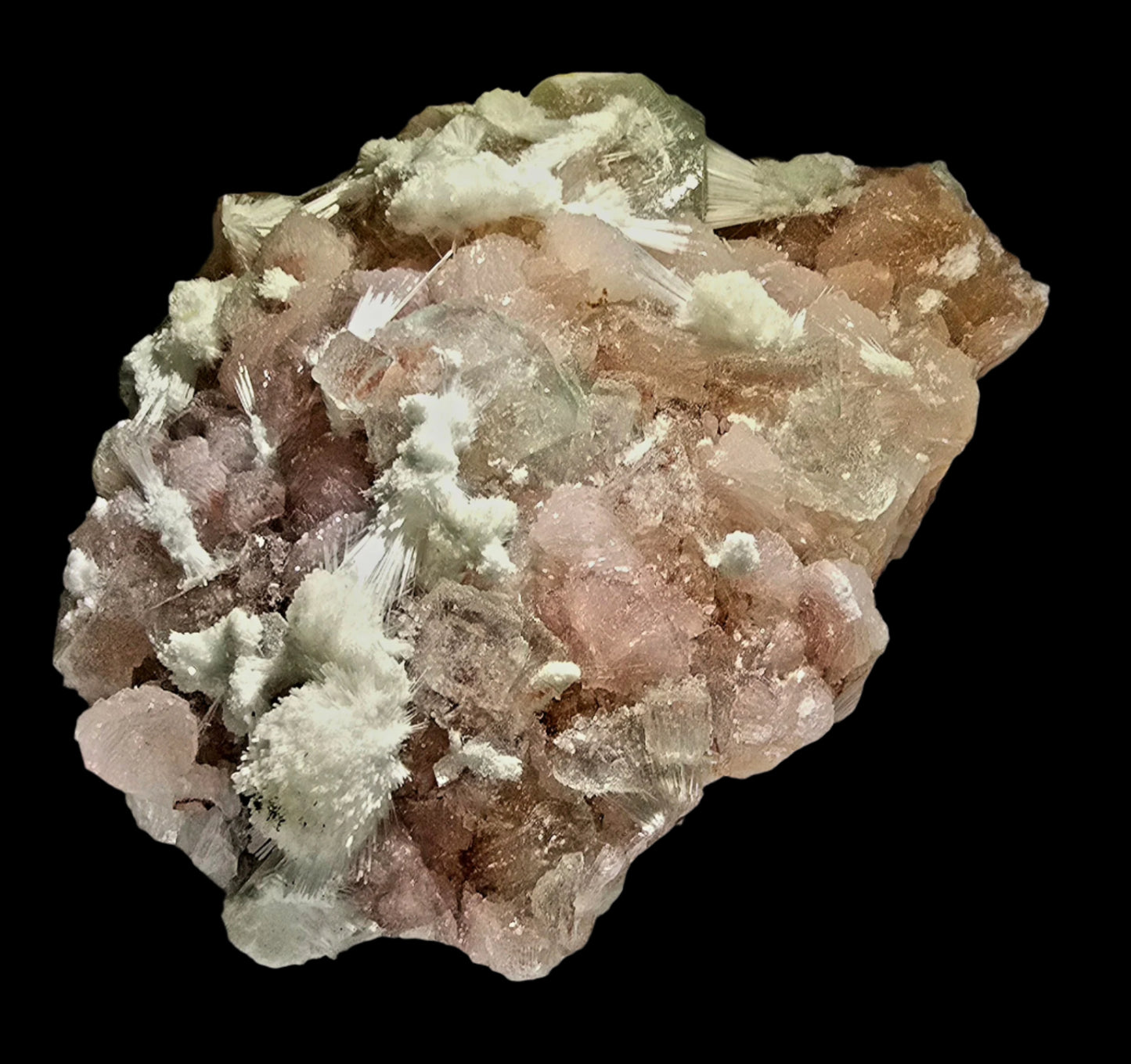
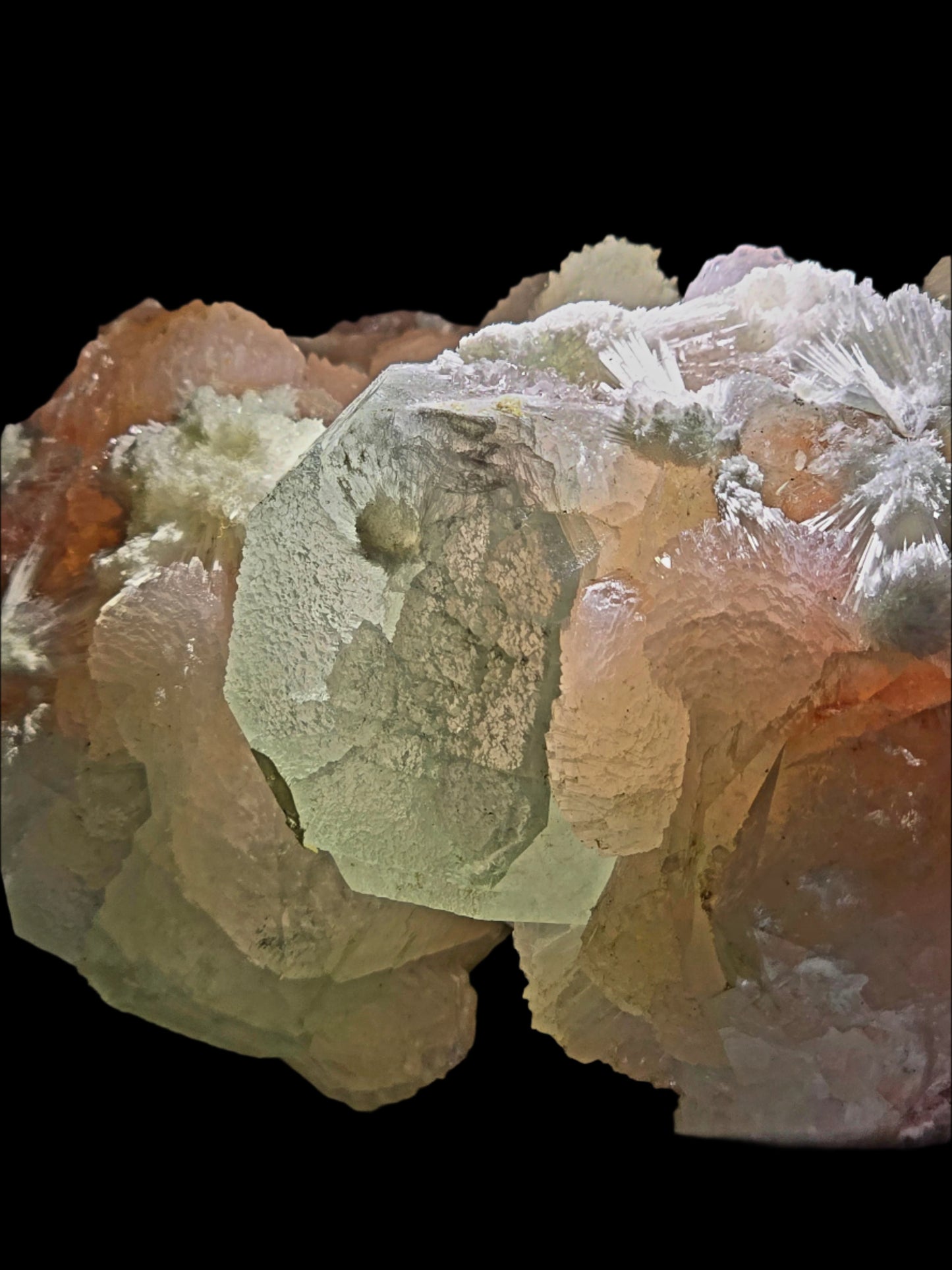
Image with text
Pair text with an image to focus on your chosen product, collection, or blog post. Add details on availability, style, or even provide a review.
-
Free Shipping
Pair text with an image to focus on your chosen product, collection, or blog post. Add details on availability, style, or even provide a review.
-
Hassle-Free Exchanges
Pair text with an image to focus on your chosen product, collection, or blog post. Add details on availability, style, or even provide a review.













